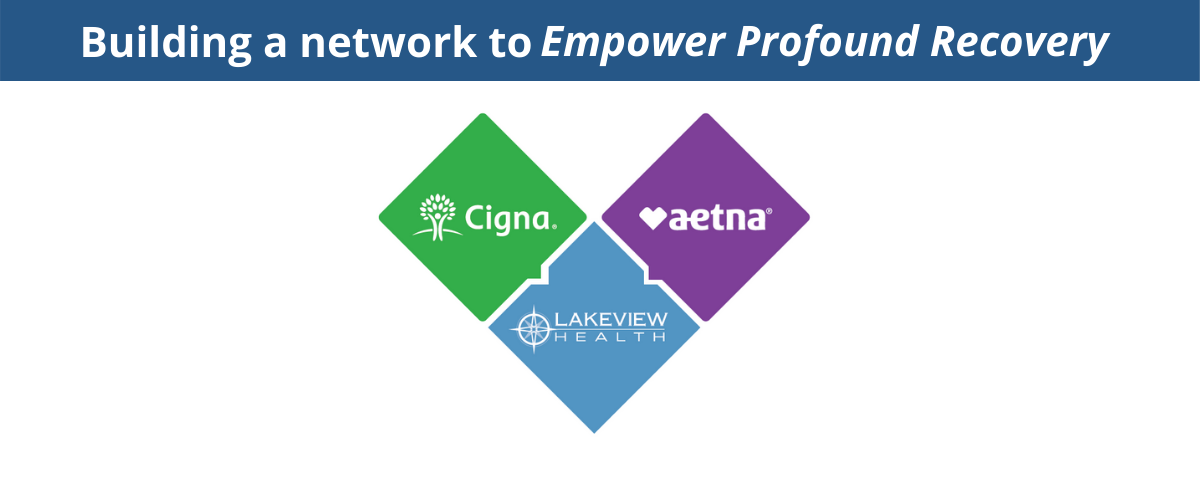

By: Michael Rass
Opioid Epidemic in Hays County Texas
Drug overdose deaths in Texas have been leveling off in recent years according to the latest data from the Centers for Disease Control and Prevention. Hays County—situated between Austin and San Antonio—seems to buck that trend. Local addiction counselor Tori Bowman told Communityimpact.com that a quarter of her patients are misusing opioids. Most of them are between the ages of 16 and 25. “Over the past two years it’s gotten worse,” Bowman said. “If I look at my schedule of twenty-five people for this week, I have eight of them that are within that age range, and they’re dealing with prescription addiction.” And increasingly heroin, as Wade Parham, the commander of the Hays County Narcotics Task Force, explained to Communityimpact.com. “If a person who is addicted to prescription drugs can, for whatever reason, no longer get their prescription drugs, then they turn to heroin and vice versa,” Parham said. “Sometimes a heroin user will supplement that with prescription drugs. They’re both morphine, opioid-based, so they go together.” Even more dangerous than heroin is fentanyl, the powerful opioid that killed Prince in 2016. After many overdose deaths in the Northwest and Midwest of the United States in recent years, the lethal drug is now increasingly appearing in central Texas as well. Fentanyl fatalities are not easy to track. The medical director of Central Texas Poison Center, Dr. Ryan Morrissey, told Austin TV station KXAN that his center only gets a snapshot of the impact fentanyl is having in Texas. In the last five years, the center has received 378 fentanyl-related calls, mainly prescription overdoses. “We only have those data if we are notified by someone at home or usually a hospital in the case of fentanyl,” Dr. Morrissey said. Many addicts in Hays County have dual diagnoses, which means they have additional mental health issues such as depression or anxiety. Such patients require sophisticated medical intervention but local access to addiction treatment is limited. Hays County is one of the nation’s ten fastest-growing counties with a population of at least ten thousand. Since 2000, the population has more than doubled. But according to Communityimpact.com, only eight licensed treatment facilities for substance use disorder are available for a population of more than 200,000. If treatment options in Hays County are insufficient, people with substance use disorder could consider out-of-state options like Lakeview Health in Florida. Lakeview specializes in treating addiction and many common co-occurring conditions like trauma, depression, and chronic pain simultaneously. All staff at Lakeview have been trained in trauma-informed care, and patients can also benefit from gender-responsive treatment. Lakeview Health is one of the best drug treatment centers in the US and attracts patients from across the country. The Lakeview team is very familiar with issues patients from different areas will encounter and can help with everything from general information about their programs to specific details on issues such as insurance coverage.





